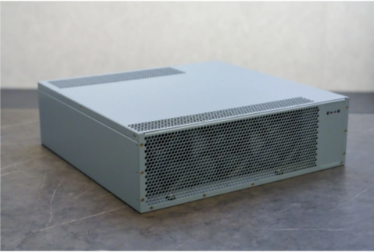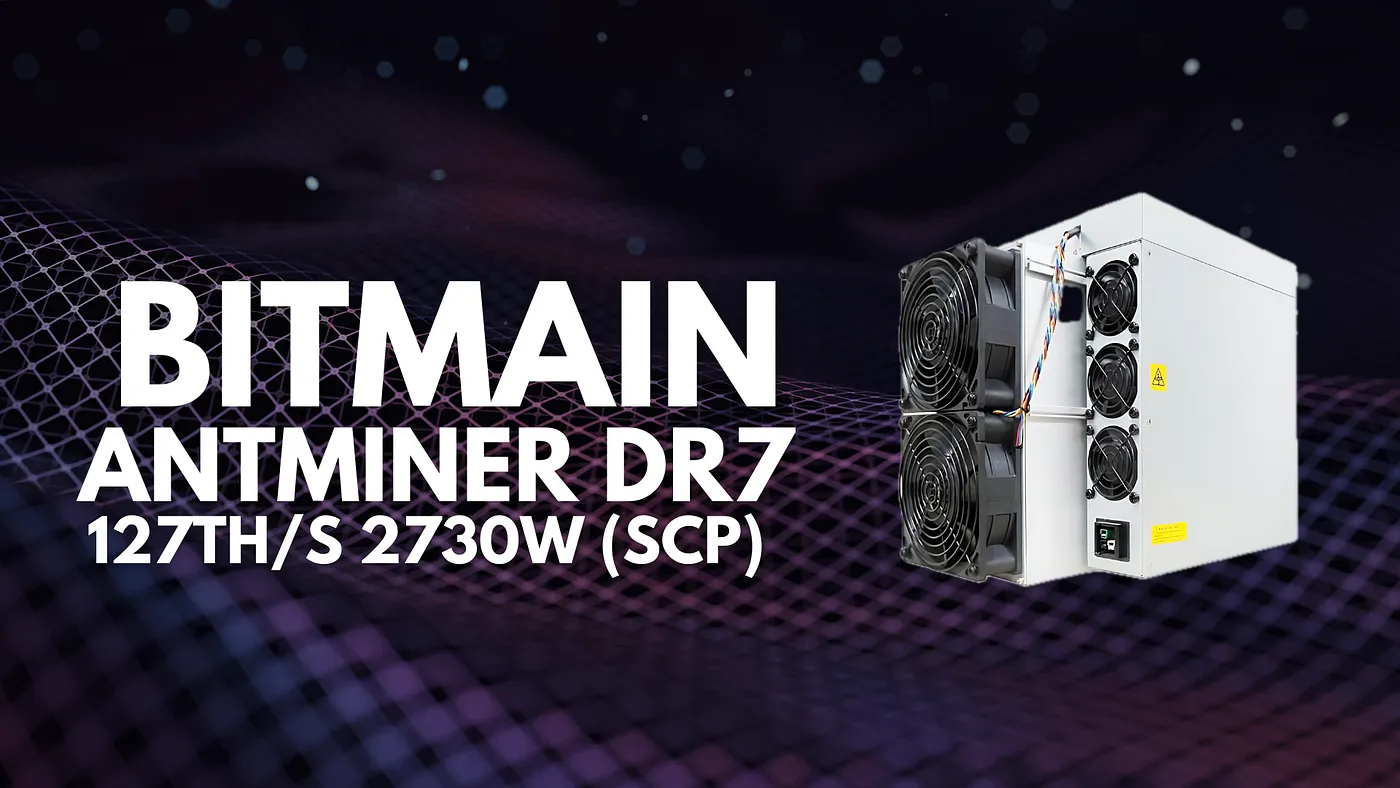Large-Scale Mining Farm Power Infrastructure Planning and Capacity Assessment
Here’s a comprehensive technical article addressing large-scale mining farm power infrastructure planning and capacity assessment:
Comprehensive Power Infrastructure Planning for Large-Scale Cryptocurrency Mining Farms

The exponential growth of cryptocurrency mining operations has transformed power infrastructure design into a critical engineering challenge. Modern mining farms represent complex technological ecosystems where electrical engineering precision directly determines operational efficiency and economic viability. Power infrastructure planning transcends traditional electrical design, requiring a nuanced approach that balances immediate operational demands with future scalability.

Power Demand Calculation and Fundamental Considerations
Accurate power demand calculation represents the foundational element of mining infrastructure design. Large-scale mining operations typically consume multiple megawatts, with individual mining facilities potentially requiring 5-20 MW of continuous electrical capacity. The calculation process begins with comprehensive equipment power consumption analysis, factoring in not just mining hardware requirements but also cooling systems, auxiliary infrastructure, and environmental control mechanisms.
Critical parameters in power demand assessment include:
- Base hardware power consumption
- Cooling system electrical requirements
- Auxiliary infrastructure power needs
- Peak load factors
- Operational redundancy margins
Transformer Selection and High-Voltage Infrastructure
Transformer selection represents a pivotal engineering decision in mining farm power infrastructure. High-efficiency, industrial-grade transformers capable of managing substantial electrical loads become essential. Preferred configurations often involve multiple medium-voltage transformers with redundant capacity, ensuring continuous operation during maintenance or unexpected load fluctuations.
Optimal transformer specifications typically include:
- 10-35 kV input voltage ranges
- Minimum 95% efficiency ratings
- N+1 redundancy configuration
- Advanced thermal management systems
- Comprehensive protective relay mechanisms
Grid Connection and Power Distribution Architecture
Sophisticated grid connection strategies distinguish professional mining operations from amateur installations. Advanced facilities implement multi-source power input configurations, potentially integrating renewable energy sources or hybrid grid connections to optimize cost structures and ensure uninterrupted operations.
Sophisticated power distribution architectures incorporate:
- Modular switchgear designs
- Intelligent load-balancing mechanisms
- Real-time power monitoring systems
- Automated fault detection and isolation capabilities
Thermal Management and Efficiency Optimization
Thermal dynamics represent a critical yet often overlooked aspect of mining infrastructure design. Electrical inefficiencies manifest as heat, potentially compromising equipment performance and reliability. Advanced mining farms integrate comprehensive thermal management strategies, utilizing precision cooling systems and strategic equipment placement to minimize thermal stress.
Innovative cooling approaches include:
- Liquid immersion cooling technologies
- Precision air handling systems
- Thermal gradient optimization algorithms
- Advanced heat dissipation infrastructure
Expansion Reserve and Scalability Considerations

Forward-looking power infrastructure design must inherently accommodate future expansion. Successful mining farm architectures incorporate significant expansion reserves, typically maintaining 30-50% additional electrical capacity beyond current operational requirements. This approach allows seamless scaling without requiring comprehensive infrastructure redesigns.
Key scalability considerations include:

- Modular power distribution architecture
- Flexible transformer configurations
- Adaptable cooling infrastructure
- Upgradeable switchgear systems
Risk Mitigation and Reliability Engineering

Comprehensive risk mitigation strategies form the backbone of professional mining infrastructure design. This involves implementing multiple redundancy layers, advanced protective mechanisms, and continuous monitoring systems that can dynamically respond to potential electrical anomalies.
Advanced risk mitigation techniques encompass:
- Predictive maintenance algorithms
- Comprehensive electrical fault detection
- Automated load-shedding mechanisms
- Real-time performance monitoring systems
Emerging Technologies and Future Perspectives
The cryptocurrency mining infrastructure landscape continuously evolves, with emerging technologies promising more efficient, sustainable power solutions. Innovations in semiconductor design, advanced cooling technologies, and renewable energy integration are progressively reshaping power infrastructure paradigms.
Promising technological trajectories include:
- High-efficiency semiconductor development
- Advanced liquid cooling technologies
- Artificial intelligence-driven power management
- Renewable energy integration strategies
Conclusion
Large-scale mining farm power infrastructure represents a sophisticated engineering discipline requiring multidisciplinary expertise. Success demands a holistic approach integrating electrical engineering, thermal dynamics, scalability planning, and advanced monitoring technologies. As cryptocurrency mining continues its technological evolution, power infrastructure design will remain a critical determinant of operational success.